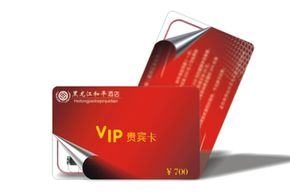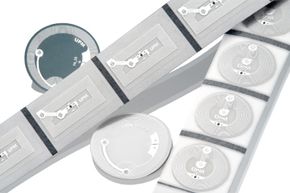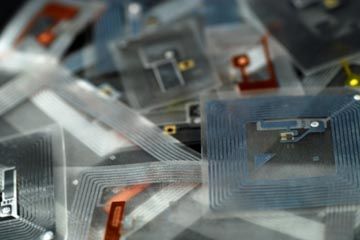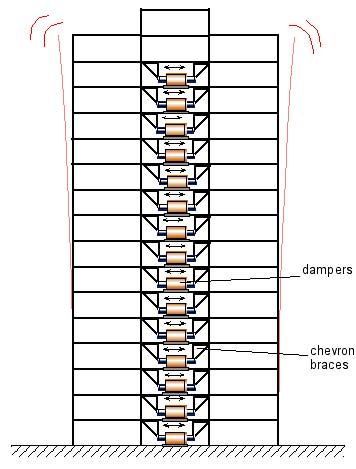When acronyms attack, people get confused. That's especially true when two acronyms stand for a couple of very similar wireless technologies. In this case, our geeky acronyms are NFC and RFID, two close cousins in a world filled with wireless wizardry.
NFC stands for near field communication, while RFID means radio frequency identification. Both employ radio signals for all sorts of tagging and tracking purposes, sometimes replacing bar codes. NFC is still an emerging technology; RFID, however, is currently in widespread use all over the world.
Advertisement
RFID tags contain an antenna and a memory chip that stores data. To see that data, you need an RFID reader. These tags and readers are used in a mind-blowing array of applications.
The tags are embedded into retail products to help stores keep tabs on inventory. Indeed, inventory and package tracking are two of the most common uses of RFID. But these tags can do much more. They're stuck under your dog's skin so that the dog catcher can identify Fido if he gets lost. The RFID highway toll tag in your car automatically identifies you to the toll reader, even at top speed, which bills you later. Some airlines use RFID tags to efficiently track and control large loads of baggage. And RFID appears in so-called smart passports and credit cards, as well as identification badges that let employees access secure areas.
RFID often works well at distances of many feet; otherwise, you'd have to veer your car dangerously close to a toll gate in order to make sure the reader accepted your payment. And RFID is a one-way communication system, in which data flows from tags to the reading equipment.
NFC technology is a newer, more finely honed version of RFID. It operates at a maximum range of about 4 inches (10 centimeters) and can be set up for one- or two-way communications.
Let's start with a one-way NFC data transfer. Using your NFC smartphone, you can tap NFC smart tags that might appear in everything from promotional movie posters and political flyers to museum tour placards. Smart tags are a lot like RFID tags; they're simply tuned to work with an NFC reader instead of an RFID one.
Near field communication's capabilities go far beyond being a short-range, RFID stand-in. On the next page, you see where NFC and RFID come to a fork in the road -- and say their goodbyes once and for all.
Advertisement




